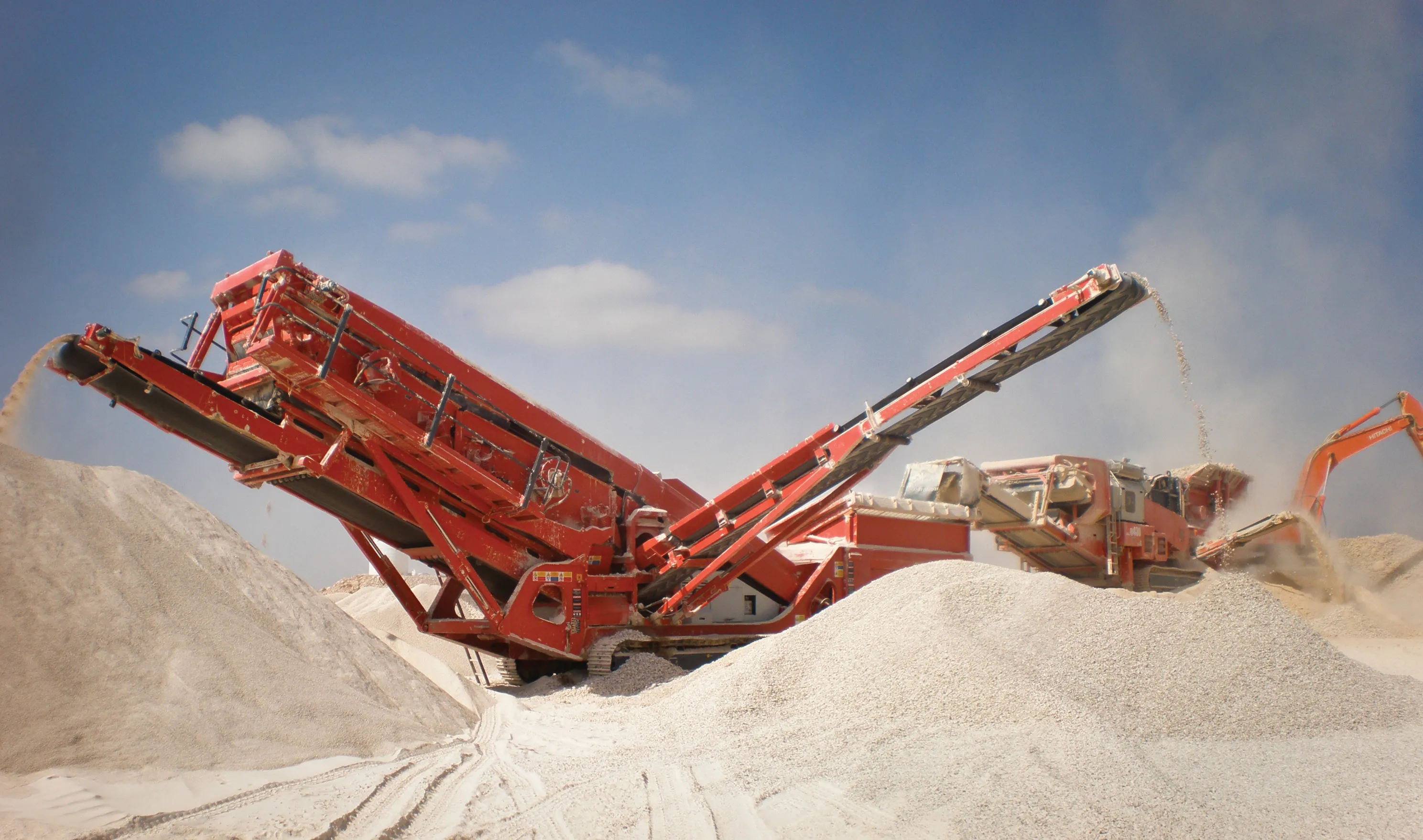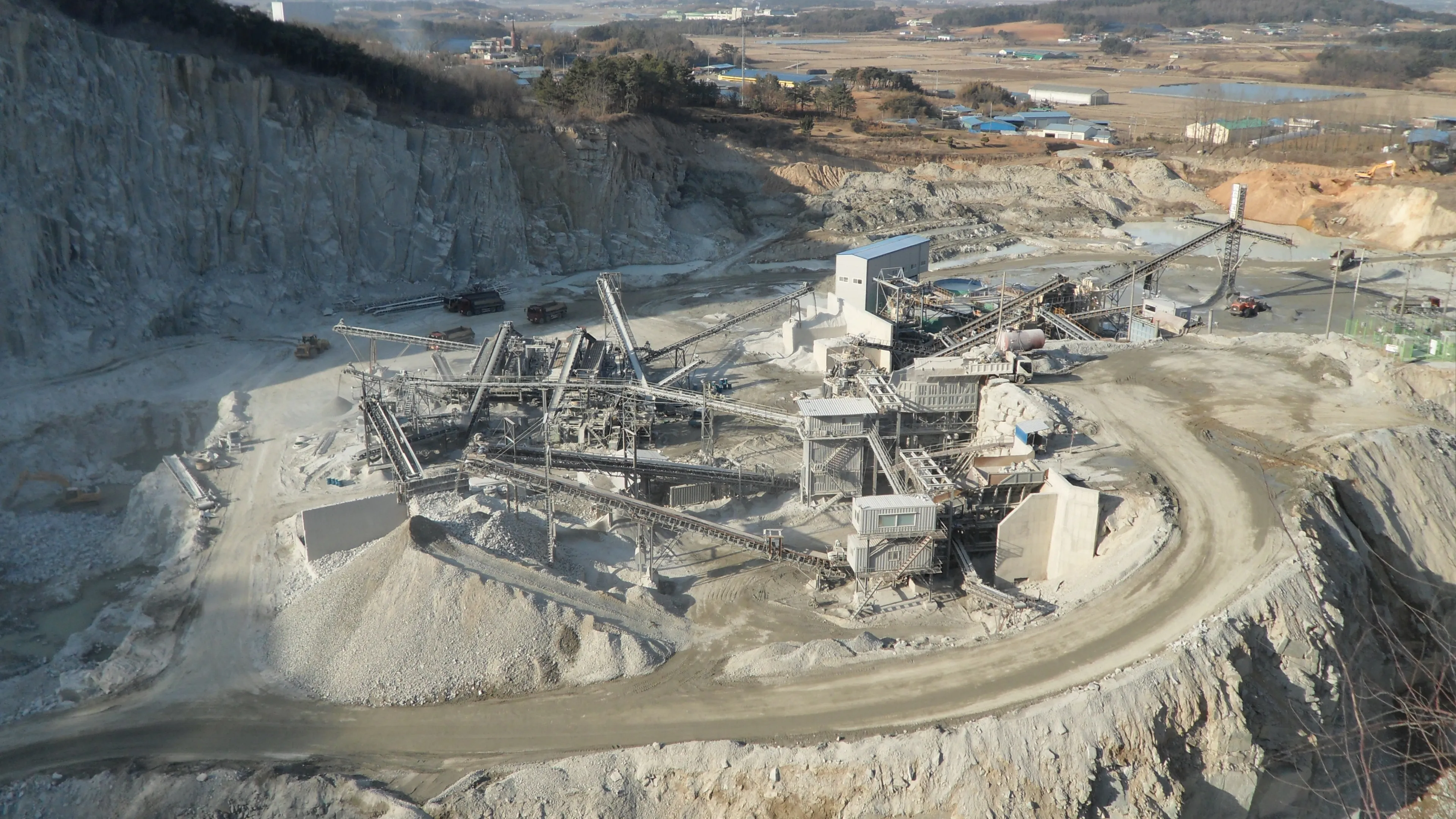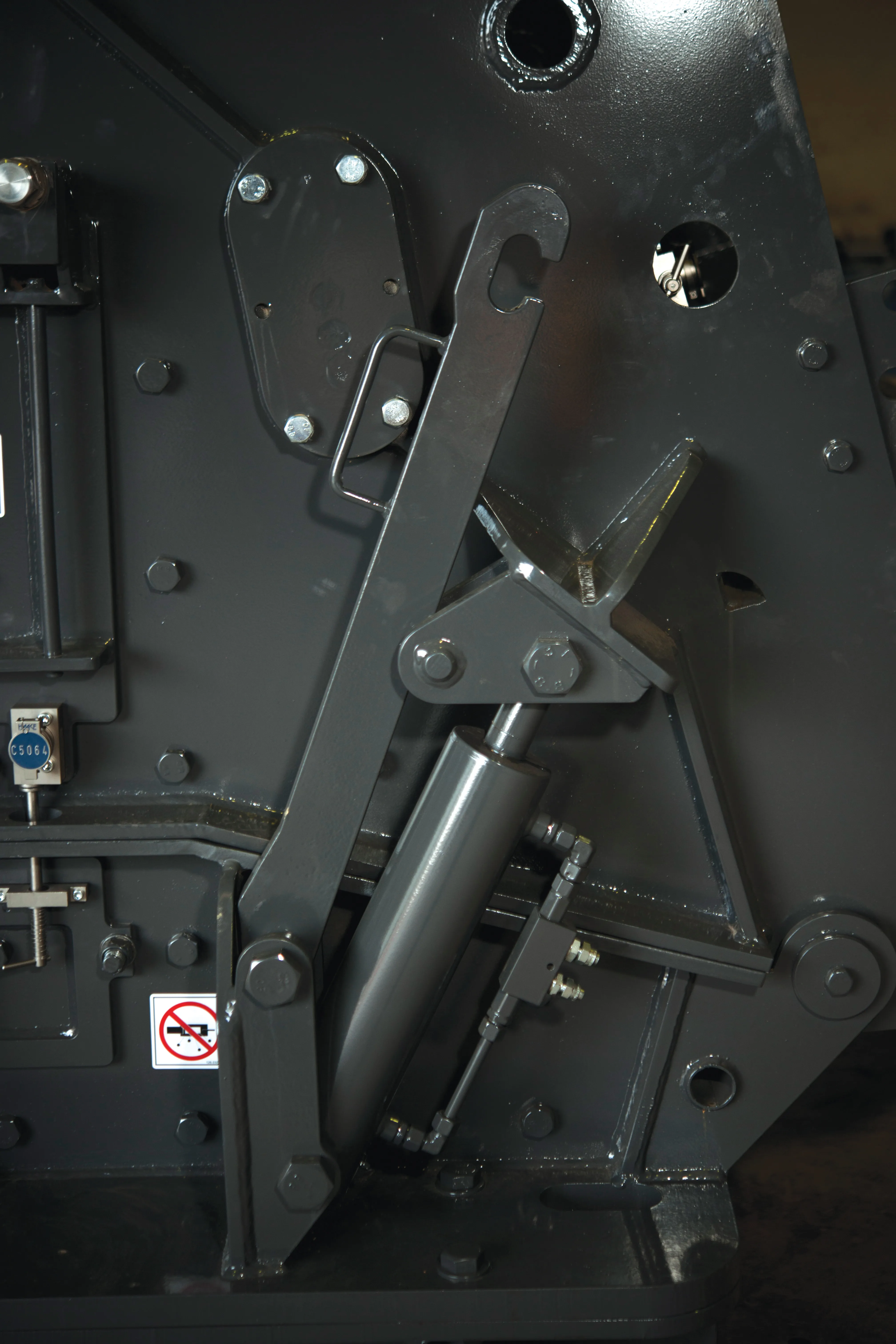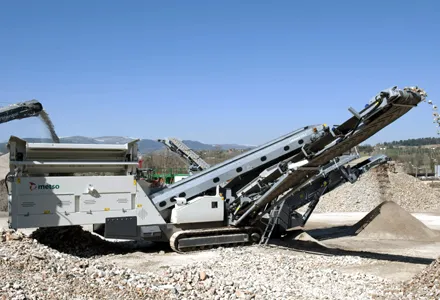Work on a key link in the United Arab Emirates is benefiting from the use of equipment supplied by Sandvik Mining and Construction. The firm supplied key equipment for the Salalah bypass project, a 32km road link that will span the entire length of Salalah City as it runs from Raysut in the east, towards Ayn Razat in the west.
February 13, 2012
Read time: 3 mins

Work on a key link in the United Arab Emirates is benefiting from the use of equipment supplied by 325 Sandvik Mining and Construction. The firm supplied key equipment for the Salalah bypass project, a 32km road link that will span the entire length of Salalah City as it runs from Raysut in the east, towards Ayn Razat in the west.
The four lane bypass has been built to international all weather standards and is designed to ensure a smooth flow of traffic through Salalah city onto the Salalah-Thamrait-Nizwa highway system. The new road provides an improved road for the growing numbers of heavy vehicles in the area, due to port upgrades, a free trade zone and other industrial developments. When fully operational in 2011, the bypass will be capable of handling all heavy freight in and out of the port together with the industrial zone at Raysut, easing traffic along the existing Raysut-Salalah road.
Due to the vital importance of the development, the construction of the Salalah bypass has been placed on a fast-track footing by the Supreme Committee for Town Planning, part of Oman's? The contract was awarded to local construction firm, Oman Building and Contracting Company, with Omani engineering consultancy, National Engineering Office (NEO), being the design consultant for the project.
A key feature of the success of the Salalah bypass has been the processing of materials during the construction of the highway using mobile screening and crushing equipment from Sandvik Mining and Construction. The Sandvik fleet has been supplied through the Sandvik dealer in the region, Al Fairuz Trading & Contracting.
A principle reason for the use of mobile machinery was that crushers and screening systems were needed at various locations in the project to produce a range of base materials, and aggregate. The equipment has proven versatile, productive and reliable, allowing processing of any suitable indigenous materials to be found in the vicinity of various road construction segments.
One of the impact crushers used is the QI430. This unit combines Sandvik's expertise in the design of track-mounted mobile crushers, with proven ability to manufacture durable and highly productive impact crushers. Fed via a two deck pre-screen, the crusher is a four hammer open style rotor with a diameter of 1,150mm, and a width of 1,330mm that discharges onto a secondary pan feeder. The plant is also equipped with a primary feeder and a separate two deck pre-screen. The screen used in the project is the QA450, which introduces a triple deck screen box, with an extra side conveyor, enabling it to produce up to a total of four product materials plus one oversize from the tipping grid. Designed for maximum productivity combined with accurate product sizing, the QA450 incorporates a large feed hopper, a pair of large screen boxes and extended conveyors that afford massive stockpiling capabilities.
The material being processed is known as wadi- gravel, which consists of a mixture of limestone and basalt. The material possesses a feed size of 0-500mm, with the QI430 and the QA450 being used as a crushing and screening train to produce: 0-5mm, 5-12mm, and 12-22mm gradings. These two pieces of equipment are currently working two 10-hour shifts/day, averaging an impressive production of 250tonne/hour over the last 12 months.
A third machine is used to produce a 0-50mm grading, the Sandvik QI340 with product recirculation system. This is a large heavy duty tracked crusher incorporating the Sandvik QI340 impact crusher.
The four lane bypass has been built to international all weather standards and is designed to ensure a smooth flow of traffic through Salalah city onto the Salalah-Thamrait-Nizwa highway system. The new road provides an improved road for the growing numbers of heavy vehicles in the area, due to port upgrades, a free trade zone and other industrial developments. When fully operational in 2011, the bypass will be capable of handling all heavy freight in and out of the port together with the industrial zone at Raysut, easing traffic along the existing Raysut-Salalah road.
Due to the vital importance of the development, the construction of the Salalah bypass has been placed on a fast-track footing by the Supreme Committee for Town Planning, part of Oman's? The contract was awarded to local construction firm, Oman Building and Contracting Company, with Omani engineering consultancy, National Engineering Office (NEO), being the design consultant for the project.
A key feature of the success of the Salalah bypass has been the processing of materials during the construction of the highway using mobile screening and crushing equipment from Sandvik Mining and Construction. The Sandvik fleet has been supplied through the Sandvik dealer in the region, Al Fairuz Trading & Contracting.
A principle reason for the use of mobile machinery was that crushers and screening systems were needed at various locations in the project to produce a range of base materials, and aggregate. The equipment has proven versatile, productive and reliable, allowing processing of any suitable indigenous materials to be found in the vicinity of various road construction segments.
One of the impact crushers used is the QI430. This unit combines Sandvik's expertise in the design of track-mounted mobile crushers, with proven ability to manufacture durable and highly productive impact crushers. Fed via a two deck pre-screen, the crusher is a four hammer open style rotor with a diameter of 1,150mm, and a width of 1,330mm that discharges onto a secondary pan feeder. The plant is also equipped with a primary feeder and a separate two deck pre-screen. The screen used in the project is the QA450, which introduces a triple deck screen box, with an extra side conveyor, enabling it to produce up to a total of four product materials plus one oversize from the tipping grid. Designed for maximum productivity combined with accurate product sizing, the QA450 incorporates a large feed hopper, a pair of large screen boxes and extended conveyors that afford massive stockpiling capabilities.
The material being processed is known as wadi- gravel, which consists of a mixture of limestone and basalt. The material possesses a feed size of 0-500mm, with the QI430 and the QA450 being used as a crushing and screening train to produce: 0-5mm, 5-12mm, and 12-22mm gradings. These two pieces of equipment are currently working two 10-hour shifts/day, averaging an impressive production of 250tonne/hour over the last 12 months.
A third machine is used to produce a 0-50mm grading, the Sandvik QI340 with product recirculation system. This is a large heavy duty tracked crusher incorporating the Sandvik QI340 impact crusher.








